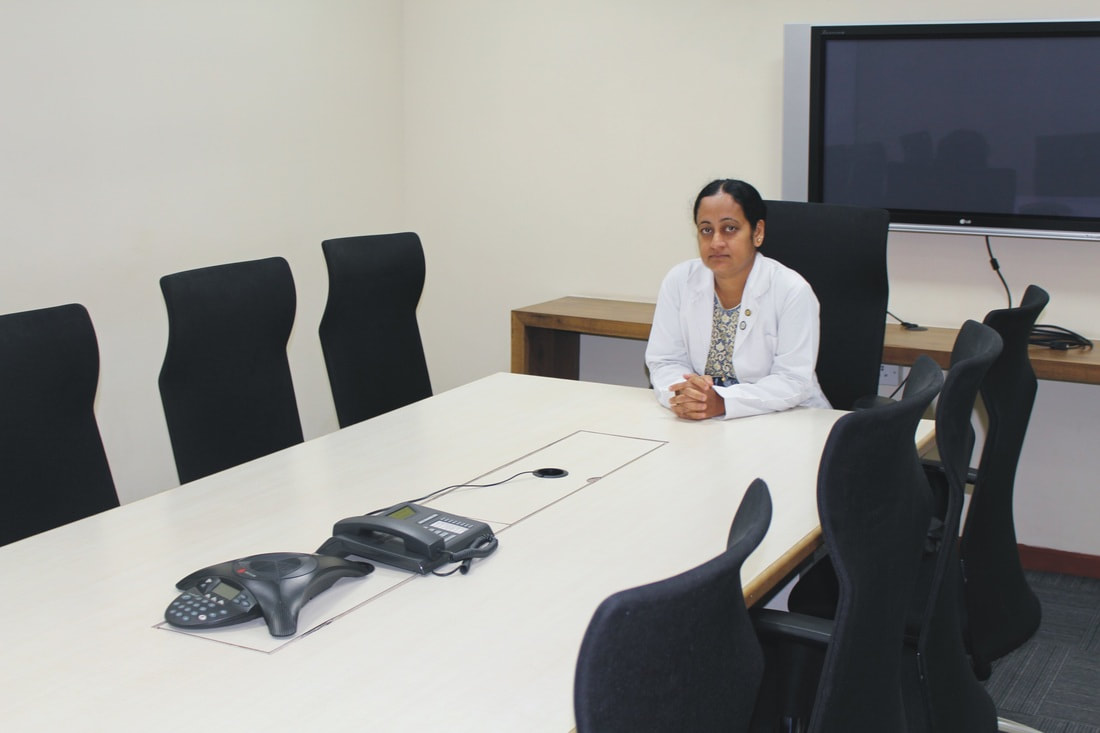|
It might be your office workspace but it does exist as your dining space as well. More than the air of authority and distribution of work we get the strong smell of garlic and onion doing rounds in our cabins! It might seem to save your time and efforts but what about your colleagues around? Do they also enjoy sharing their workspace with veggies, fruits and the pungent garlic smell? There is also a common misconception among people that working 24*7 is the best way for increments and promotions coming their way and the employers too are to be blamed for this. Seeing an employee around the corridor, leaving early from work or having fun during lunch brings in the delusion that the person is not doing effective work. We have been nurtured in a society that strongly believes in sticking by the rules, adhering to timings and treating the boss as though he is way above the rest! Working extra hours, pumping in more efforts to complete a project or pursuing multiple projects at the same time is not wrong as it gives you ample opportunity to learn but taxing yourself too much and working while being completely stressed is unhealthy. To remain in the good books of our employer, to save time and to focus on multiple projects simultaneously many employees have now started practicing desktop dining where he/she eats at his/her own desk rather than moving to the cafeteria or food court for lunch and snacks. This brings us to look into this issue and decide upon its effect on our productivity and health!
There have been research studies previously that talk about the negative consequences of eating while watching television or talking over phone (visual or auditory distraction). We do have evidences showing that watching tv and eating lead to higher energy intake compared to listening to music and having food. Likewise, listening to some story and eating too lead to increased energy intake compared to eating alone. Similar are the effects of playing video games, meddling with smartphones or having any other distraction while eating than eating in the absence of these. Our energy intake depends on how much we strain our cognitive skills too! When you do hard math problems, solve complex chemical equations or complete a task within a strict deadline it leads to increased energy intakes compared to solving easy math questions or simple tasks at office. Due to overburdened work, less workforce and more pressure there is this latest trend among employees to eat while working. We don’t have studies that show the effect of such practices on energy intake and one research group has pursued this study and come up with surprising results. Desktop Dining’s Impact on Energy Intake The study included 43 participants all of whom were between 18 and 65 years of age and ate food regularly while working. There were two conditions-the mental work condition and the control condition experimented on the participants on weekdays between 11 am and 12 pm inside a sensory laboratory. In the control condition the participants were asked to eat their food in isolation while during the working condition they were asked to perform a computer-based activity (this included copying columns of numbers from data files to a master file over a 20-minute period) while eating their meal (which consisted of a pizza). Forty of the participants participated in both the tasks which were conducted with a 1-week interval but at the same time and day of the week. The pizza contained high calories (5848 kJ) contributing to 223 g of carbohydrates, 28 g fat, 52 g protein, 9.6g sugar and 3.368 g sodium and this pizza was consumed by every study participant in the stipulated 20-minutes time. The pizza was weighed before and after consumption and the energy intake (kJ) was calculated based on the difference in weight of the pizza consumed. All the participants were asked to eat their breakfast and fast for two hours (unlimited water consumption was permitted) before the study. Upon arrival each of the volunteer’s height, weight and waist circumference was measured and they were asked to fill a Dutch Eating Behavior Questionnaire (DEBQ) to find out whether they were emotional, restrained or external eaters. BMI and waist measurements helped in determining the physiological and behavioral response to satiety, appetite and hunger between lean, overweight and obese participants. Scores ≥3 were restrained eaters while those with restrained scores lesser than three were non-restricted eaters. Anxiety levels were measured using State –Trait Anxiety Inventory Questionnaire (STAI) whose scores were from 11 to 52 with greater scores indicating increased anxiety levels. Single-item stress scale measured the participant’s present stress levels ranging from 0 to 10 with higher numbers indicating greater stress levels. It is possible that participants might be stressed while eating and completing a task and change in stress levels before and after eating pizza under two consumption conditions might contribute towards differences in satiety and pleasantness levels. The Visual Analogue Scale (VAS) helped evaluate satiety levels by measuring hunger and fullness. All these measurements were taken before eating the pizza and once they consumed the pizza each of the participants’ stress and satiety levels were measured again. After this, once again a new pizza was presented but this was not for eating purpose but simply the participants had to assess pleasantness and palatability by looking at it. While both the conditions went through the same protocols the only difference was that the participants were either given a task while eating or ate the food without any distraction. Each of the participants were aged around 25.79±4.87 years of age, BMI and waist circumference were 21.75±2.75 and 76.08±7.25; DEBQ scores for dietary restraint, emotional eating and external eating scores were 2.46 ± 0.77, 2.49 ± 1.04, and 3.28 ± 0.49 respectively and STAI scores were 26.09 ± 8.53. Results showed that:
Attentive Eating Mindfulness and attentive eating have become critical to weight loss hopes and diet plans to work out. Putting off distractions, being aware of what you eat and reminding yourself of what you ate during the day are all helpful in decreasing food intake during the next meal or snack. Studies too show that eating attentively controls food intake, monitors your portion intake and incorporates attentive-eating principles to facilitate weight loss and maintain body weight without the need for taking time separately for calorie counting. There are study results showing that watching TV and eating increase consumption by almost one third. Already we are living in a world which is used to sedentary lifestyles-too much of sitting with too little of exercising. When we combine this with desktop dining the number of hours spent sitting down skyrocket. Taking a break in between and stretching your hands and legs every hour or so keeps your body flexible. Stress management by practicing yoga is beneficial to the body. A desktop dining survey conducted in 2011 shows that 52% bring lunch from home and eat it, 27% bring lunch from home and eat it elsewhere, 23% bring lunch from cafeteria/restaurant and eat it at their desk while 21% eat at a restaurant or cafeteria. It was also found that cleanliness was not maintained with desktop dining. Only 50% surveyors told that they washed their hands before consuming food which is a depressing number. All said and done, what is the need to eat at the desk? Instead, why don’t you go to the food court and enjoy your food prepared with love and affection? This brings in ample opportunities for movement, you get a chance to take a walk, do some stretches and free your mind off the stress that’s been lingering around since the start of day at office. Breathe some fresh air, feel refreshed and get back to work to with a positive outlook and a healthier body. References How is Satiety Affected when Consuming Food while Working on a Computer? https://www.mdpi.com/2072-6643/11/7/1545/htm Eating Attentively: A Review of Food Analysis of Intake Memory and Awareness on Eating: https://www.ncbi.nlm.nih.gov/pmc/articles/PMC3607652/ Desktop Dining Survey: http://www.eatright.org/~/media/homefoodsafety/multimedia/downloads/desktop%20dining%20executive%20summary%20final.ashx Comments are closed.
|
AVOID FRAUD. EAT SMART+91 7846 800 800
|
- Home
- Written Testimonials
- Consult
- Clinics
- Blogs
-
Diet & Nutrition
- Diabetes Reversal
- IVF IUI not needed for PCOS PCOD Infertility
-
Medical Nutrition
>
-
Disease & Conditions
>
- Infertility | PCOS
- Diabetes Mellitus
- Cholesterol
- Hypothyroid
- Kidney Problems
- Hypertension
- Cardiovascular Diseases
- Liver Diseases
- Gastro intestinal disorder
- Cancer
- Metabolic Disorders
- Orthopedic Disorders
- Eating Disorders
- Dietary Recall
- Weight Record Filled By Clients
- Online Payment Transaction Details
- Online Clients Weight Check Form
- Our Program Package Service Charges
- Weight Record 2017 Clients
- Measurements sent by Clients
- Terms & Conditions Of Payment
- Thanks. Your Form is Submitted
- Video Testimonials
- Lifestyle & Wellness
- Lifestyle & Wellness Blog
- Allergy & Intolerance
- Weight Loss / Gain
- Weight Loss / Slimming Blog
-
Disease & Conditions
>
- Life Cycle Nutrition >
- Sports Nutrition >
- Integrity in Nutrition
- Knowledge Centre
© COPYRIGHT 2022. ALL RIGHTS RESERVED. FRST HEALTHCARE PVT LTD.
Dr. Nafeesa Imteyaz of First Eat Right clinic, is the Best Dietitian Nutritionist in Bangalore. Best Dietitian Nutritionist in Pune. Best Dietitian Nutritionist in Hyderabad. Best Dietitian Nutritionist in Chennai. Best Dietitian Nutritionist in Mumbai. Best Dietitian Nutritionist in Delhi. Best Dietitian Nutritionist in Kolkata.



